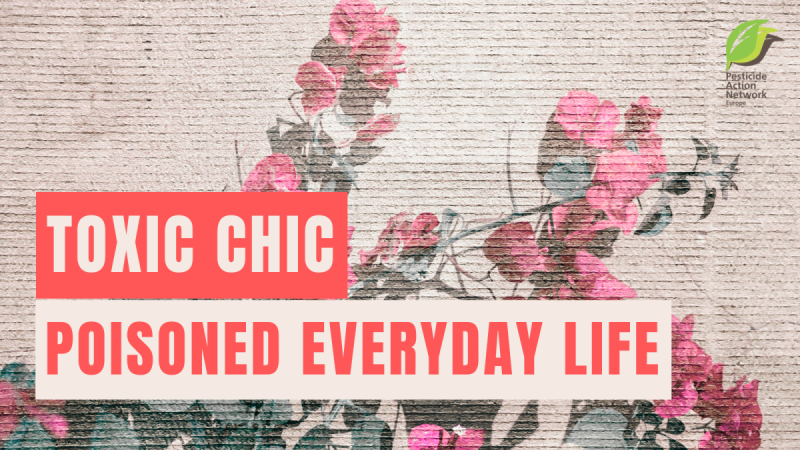Have a look at this impressive piece of work from Poland. It was presented during the event in Warsaw on alternatives to pesticides that we co-hosted. In this online version of the “Toxic Chic - Poisoned everyday life” exhibition by Agro-Perma Lab, you will see nice expressions combined with very fundamental texts.
Some quotes
“Food, which should be a source of health, is becoming increasingly contaminated with pesticides and chemicals invisible to the naked eye. Although consumers may not notice their presence, these substances infiltrate plants and animals—and eventually, our own bodies. Products marketed as “healthy” or “natural” often contain dangerous ingredients, and their presence is growing year by year. We can’t taste them or see them, but these poisons are becoming a part of our daily lives.”
“The Last Drop” refers to the critical point at which anthropogenic pressures exceed the regenerative capacity of ecosystems, leading to irreversible environmental degradation. It is a symbolic threshold where the accumulation of synthetic chemical substances—particularly pesticides—surpasses ecological tolerance levels in soil, water, air, and living organisms.
The metaphor of “The Last Drop” also illustrates the cumulative health burden on humans and other species. Although agrochemicals were originally introduced to improve food productivity, their excessive application has been associated with increased incidences of chronic diseases, endocrine disruption, and neurological disorders. In parallel, soil systems exhibit declining fertility, reduced microbial diversity, and diminished capacity for natural detoxification. These factors contribute to a destabilization of agroecological systems and pose long-term threats to food security.
Avoiding the Point of No Return
“The Last Drop” compels us to reflect on planetary boundaries and ecological thresholds. The notion is not merely metaphorical but grounded in scientific frameworks such as the Planetary Boundaries concept, which warns against transgressing safe operating limits for critical Earth system processes. Current trends suggest we are rapidly approaching, or have already surpassed, some of these boundaries. Reversing the damage requires systemic change, including integrated pest management, organic farming practices, and rigorous policy interventions.
We are approaching the last drop, it is a call for immediate action.
Toxic Chic: underneath the surface is an immersive, interdisciplinary art exhibition exploring the invisible presence of pesticides in our everyday lives. The exhibition invites audiences to reflect on toxicity, not only in our bodies and ecosystems, but also in contemporary aesthetics and consumption culture. The online educational gallery, which is a virtual extension of the offline exhibition, is available here: https://agropermalab.org/en/wysen/
